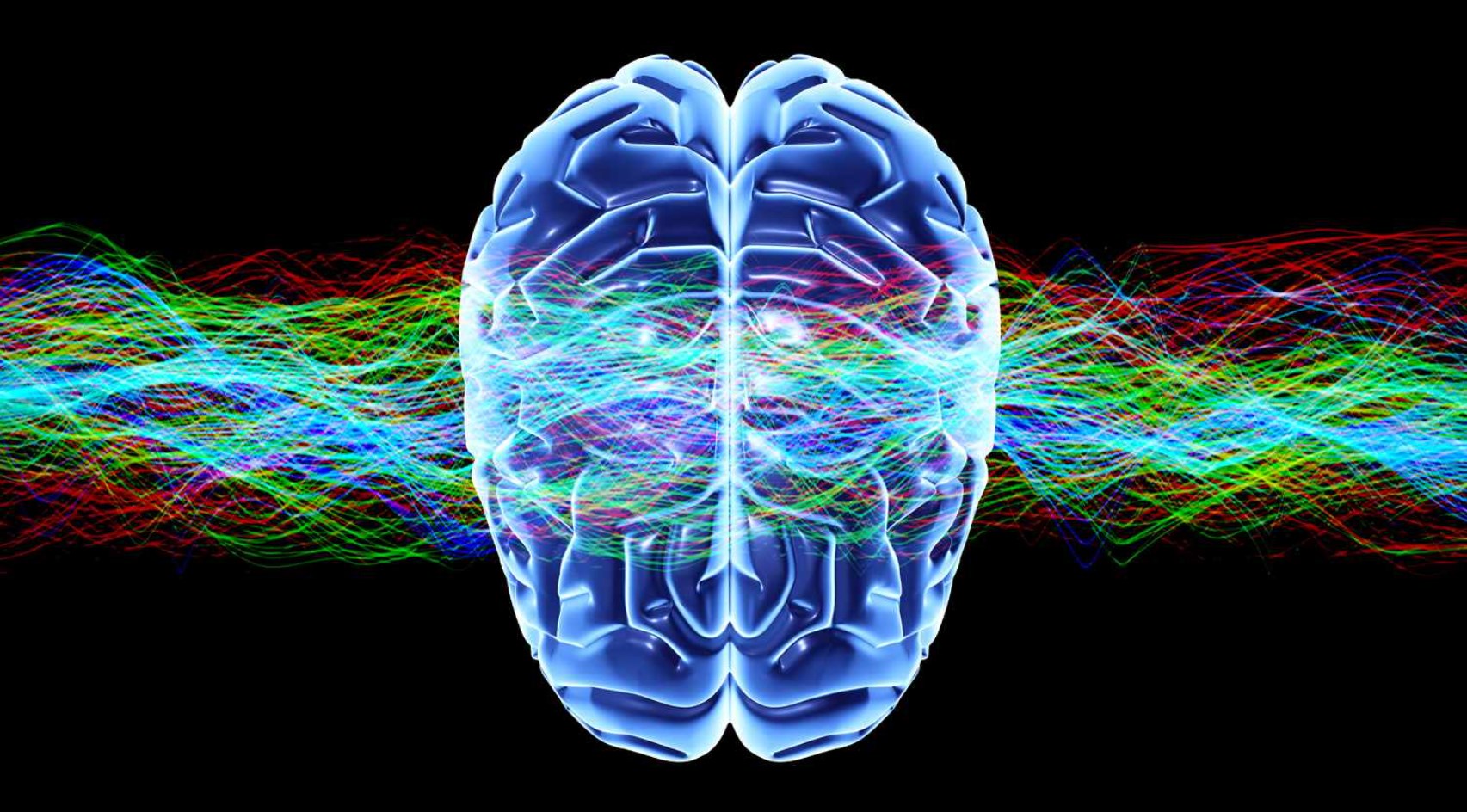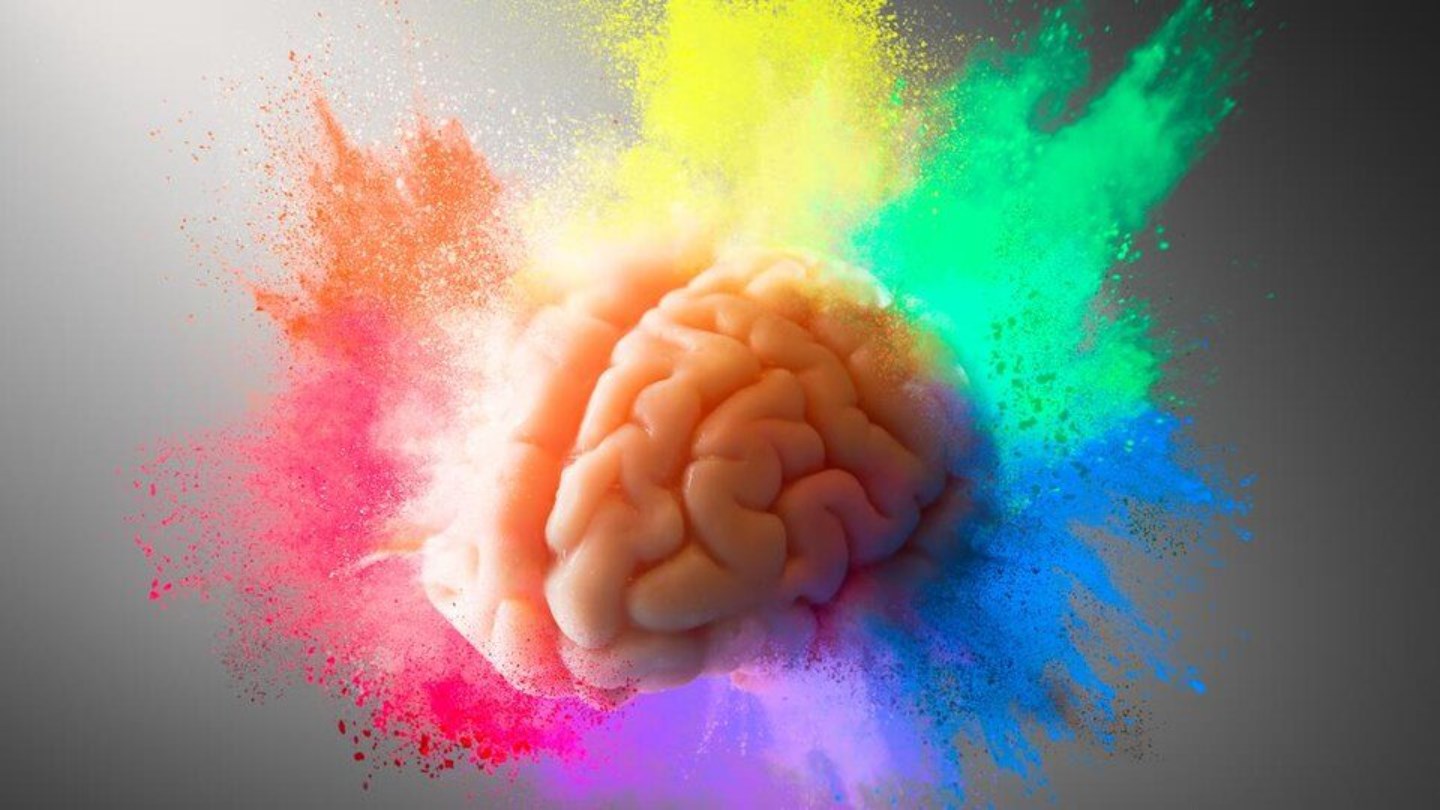How to Check What Color is Your Name with Synesthesia
Have you ever wondered what color your name represents? Could it be deep blue like the ocean or perhaps the vibrant purple of grapes? To explore this intriguing idea, there is a “What Color Is Your Name” test, which delves into the phenomenon where people link specific colors with names, a concept known as synesthesia.

In this article, we will explain everything about the test. By examining the link between colors and names, we aim to understand how synesthetic perceptions influence our understanding of identity, language, and the world around us.
Table of Contents

What is Synesthesia?
Synesthesia is a fascinating neurological phenomenon where one sense blends with another, creating experiences where colors swirl with sounds or tastes shimmer with shapes. Individuals with synesthesia may see colors in response to music or link colors with letters and numbers.
It occurs in about 4% of the population, manifesting in various forms and intensities. Each synesthete has a personal symphony of sensations, comprising a unique mix of colors, textures, and shapes that shape their perception of the world.

↪ Types of Synesthesia
Synesthesia has various types, each offering its own sensory experiences, enriching perception for those experiencing it. Here’s a brief overview:
- Grapheme-color synesthesia: Seeing colors linked to letters and numbers.
- Chromesthesia: Hearing sounds linked to specific colors.
- Lexical-gustatory synesthesia: Tasting flavors in response to hearing or reading words.
- Spatial sequence synesthesia: Seeing numerical sequences or dates in particular spatial layouts.
- Number-form synesthesia: Seeing numbers in specific spatial formations.
- Auditory-tactile synesthesia: Feeling physical sensations on the body triggered by sounds.
- Mirror-touch synesthesia: Feeling physical sensations when seeing another person being touched.
↪ How Synesthetes Experience Sensory Perceptions
Synesthetes perceive senses in unique ways, such as seeing colors when hearing music or feeling shapes when tasting food. These experiences are automatic and not within their control.
Interestingly, synesthetes’ associations remain consistent over time. A particular sound will always evoke the same color or sensation, adding vividness and depth to their world.

Each synesthete’s experience is distinct. Some see colors with sounds, others feel textures with tastes, reflecting the diversity and wonder of human perception.
What Started the “What Color is Your Name” Trend
The ‘What Color Is Your Name?’ quiz was invented by Bernadette Sheridan, a New York-based product designer with Grapheme-Color Synesthesia. She perceives letters and numbers as specific colors, affecting her view of the world.
Through her “What Color Is Your Name” website, she shares insights into the diverse manifestations of synesthesia and its impact on perception. The test became viral on TikTok in February 2020, captivating users with the idea of colors tied to their names and sparking broad discussion and interest.
READ MORE:
↪ How to Take the “What Color is Your Name” Test
Taking the “What Color Is Your Name” test is easy and enjoyable! Here’s how you can do it:
Step 1: Visit the Website
Open any browser and search for “What Color Is Your Name.” Click on the link to visit the website hosting the test.

Step 2: Enter Your Name
Then, click on the “See Your Name” option and type your name in the provided box.

Step 3: View Your Color Palette
The test will generate a color palette derived from synesthesia-inspired associations with your name. Check out the colors shown, each representing a different letter in your name.

Step 4: Save and Share (Optional)
If desired, you can save the image of your color palette. Share your colorful results with friends on social media if you wish!

That’s it! Enjoy delving into the colorful realm of synesthesia and discovering the unique associations your name might inspire.

Tips to Make the Most of the Test
The “What Color Is Your Name” test is a playful and imaginative exercise providing insight into the subjective world of synesthetic experiences. Use it as an opportunity for self-reflection, creativity, and sensory exploration. Here are some tips to maximize the experience:
- Find a quiet, comfortable space where you can concentrate without interruptions.
- Before taking the test, reflect on your associations and emotions related to your name.
- Think of any colors or visual imagery that surface when you consider your name.
- Maintain an open mind and embrace the unique and subjective nature of synesthetic experiences.
- Use the color palette generated by the test as inspiration for creative projects.
- Explore how the colors associated with your name can be woven into art, design, or personal expression.
- Share your color palette with friends or family and compare your results.
FAQs
Synesthesia is estimated to occur in about 4% of the population, although prevalence may vary depending on the type and definition of synesthesia.
While the test is inspired by synesthesia, it is more of a fun and creative exploration rather than a scientifically validated assessment.
Yes, the test is available to anyone who wishes to explore the colors associated with their name.
No, the test is free to take and does not require any payment.
The results of the test can be used as a creative and fun way to explore your name’s associations and spark conversations about perception and creativity. They can also inspire artistic endeavors or personal reflections on identity.
The colors generated by the test are based on subjective associations and can vary widely. If you don’t resonate with the colors, you can simply enjoy the experience as a form of creative exploration.
 Reviewed by
Reviewed by 




